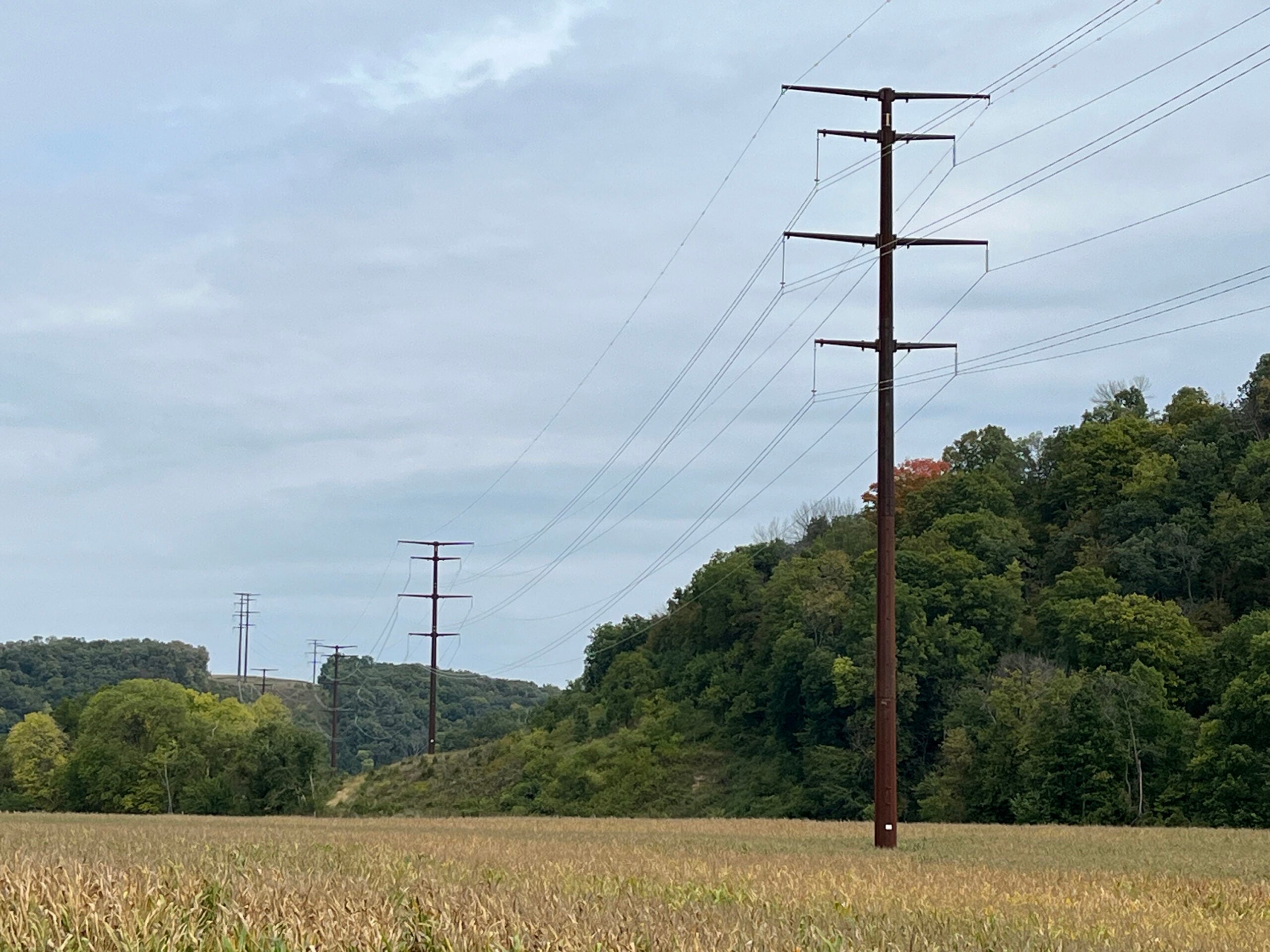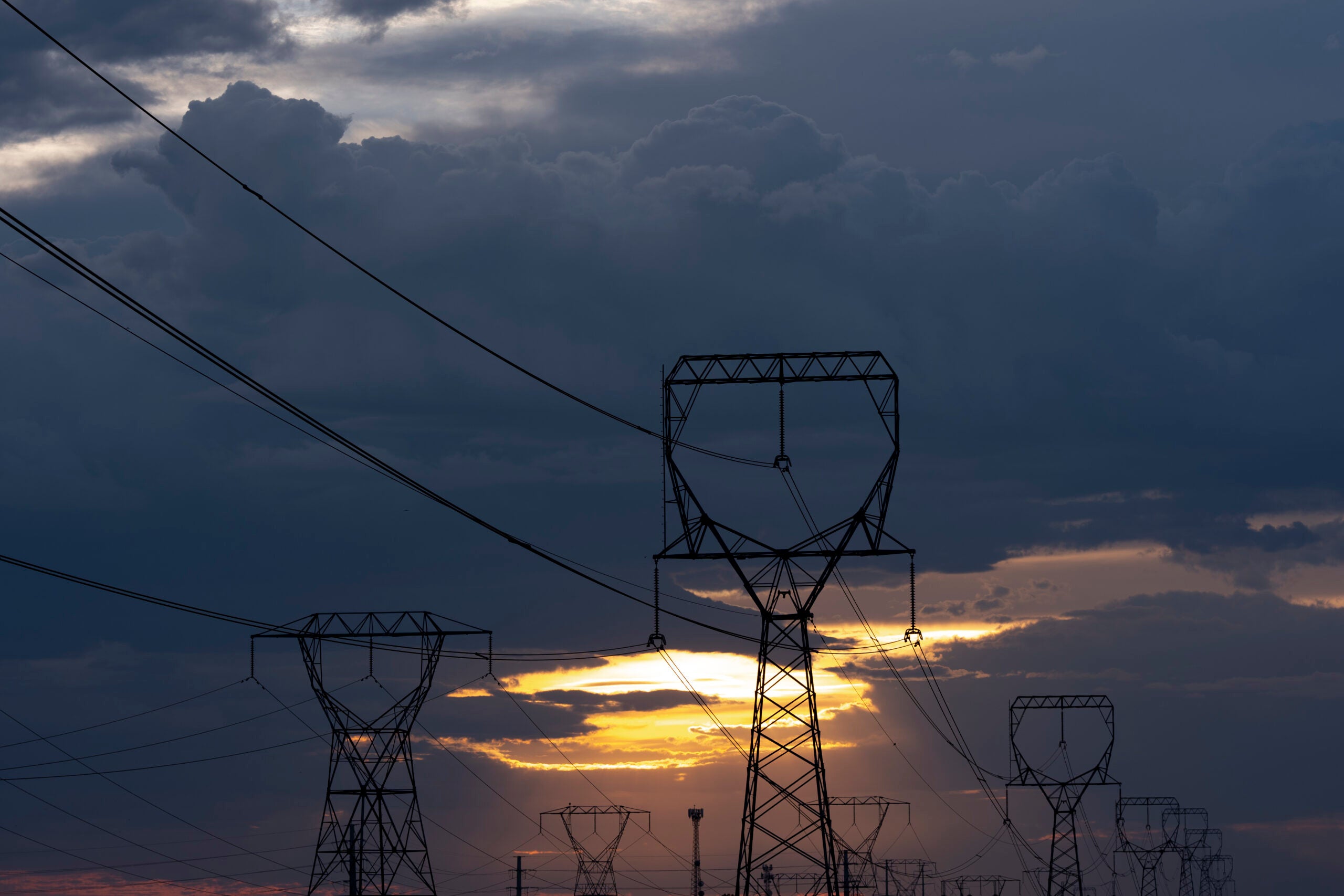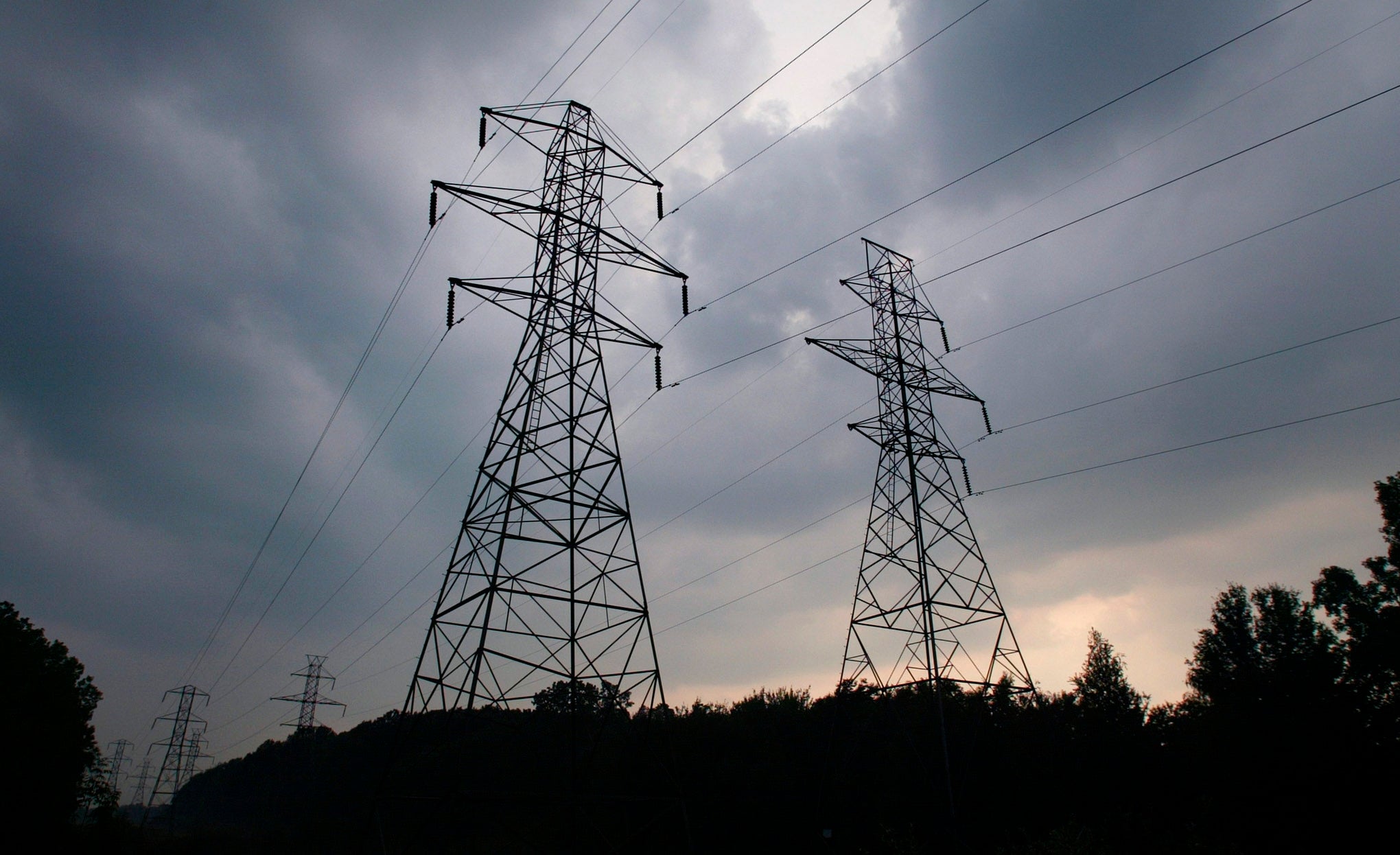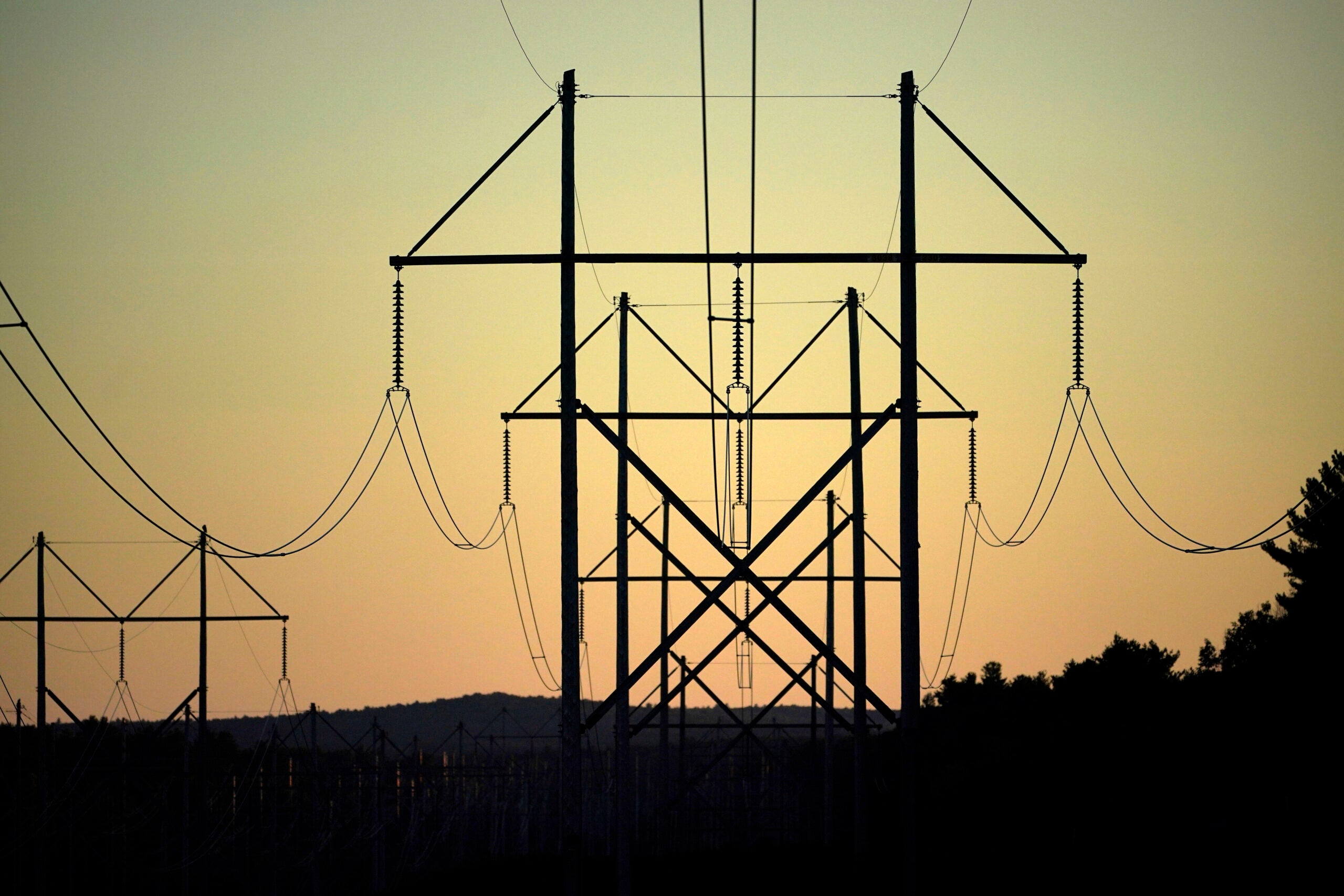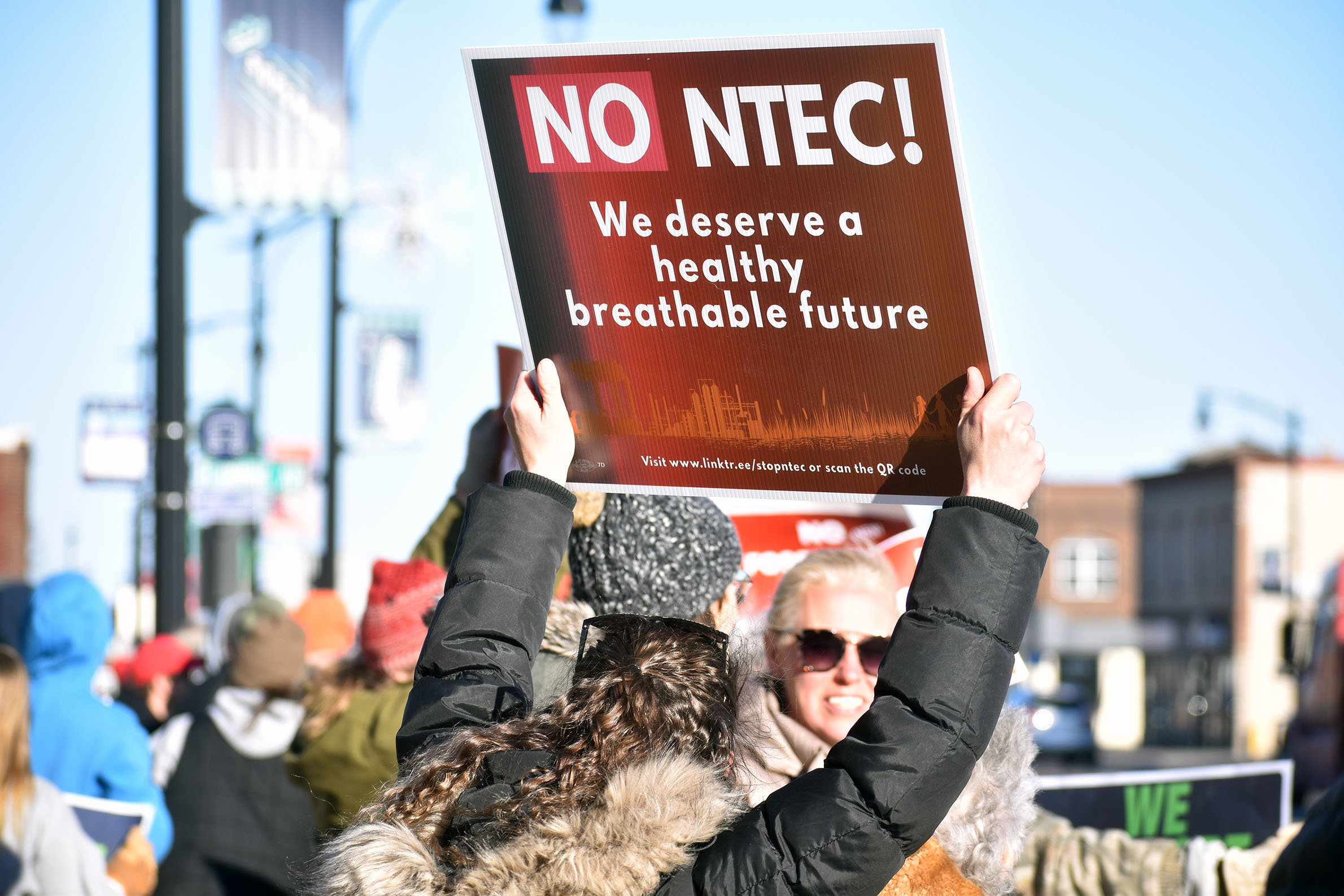A controversial transmission line crossing the Mississippi River is now up and running even as legal battles continue over the project’s path through a national wildlife refuge.
The roughly $675 million line runs more than 100 miles from Dane County to Dubuque County in Iowa. It went online Thursday.
It was a joint project between American Transmission Co., ITC Midwest and Dairyland Power Cooperative.
Conservation groups, including the Wisconsin Wildlife Federation and Driftless Area Land Conservancy, have been trying to block the project through a series of legal challenges.
In May, utilities began building the transmission line in the Upper Mississippi River National Wildlife Refuge near Cassville after utilities completed a land swap for the project. That exchanged nearly 36 acres of land in Grant County for almost 20 acres of the refuge in Clayton County, Iowa.
ITC Midwest spokesperson Rod Pritchard said utilities are pleased the project is now in service, saying it will provide lower-cost renewable energy.
“It’s a vital pathway to ensure that consumers receive the energy that they want and that it’s affordable and available,” Pritchard said. “It increases capacity on the system, reduces congestion on the transmission grid, and it also increases the reliability and flexibility of the transmission system.”
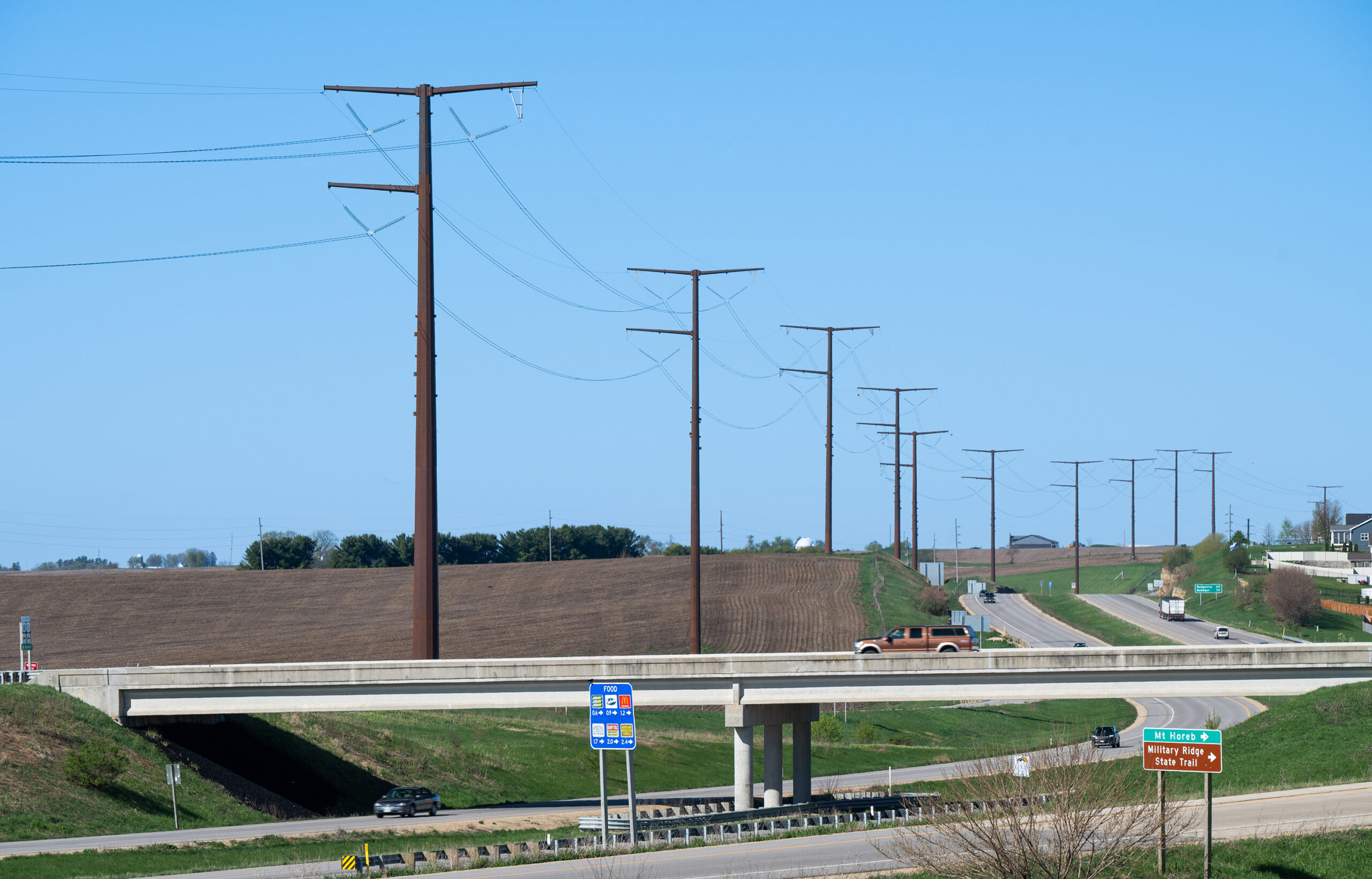
News with a little more humanity
WPR’s “Wisconsin Today” newsletter keeps you connected to the state you love without feeling overwhelmed. No paywall. No agenda. No corporate filter.
Even so, the cost of the project is more than $180 million higher than initially projected. Pritchard attributed that to legal challenges that halted work on the project, as well as rising material and labor costs due to the COVID-19 pandemic.
ATC built the eastern half of the project, which came online in December. Dairyland Power and ITC Midwest had proposed a land swap to provide a path through the refuge for the last 1.1-mile segment on the western portion of the project.
Conservation groups have argued the Rural Utilities Service, U.S. Fish and Wildlife Service and Army Corps of Engineers violated multiple laws by signing off on the land swap and granting other approvals for the project without sufficient public input.
In March, conservation groups sued to block the land exchange and halt construction, and a federal judge granted that request. Utilities appealed the decision. The Seventh Circuit Court of Appeals overturned the lower court order, saying it didn’t find groups were likely to succeed on the merits of their case.
Jennifer Filipiak, executive director of the Driftless Area Land Conservancy, said groups are still waiting for a decision on their federal lawsuit. An attorney representing the groups said they remain hopeful a federal judge will rule in their favor.
“We are proud to have worked with so many in our community and other committed organizations to oppose construction of this unnecessary transmission line,” Filipiak said in a statement.
Dena Kurt, who lives in Grant County, said she loved to paddle the stretch of river where the line now crosses. But she hasn’t been there since August because she said it’s been too painful to watch construction of towers through the refuge.
Kurt said she feels disappointed in state and federal regulators who approved the project.
“You paddle now on the Turkey River, and you see the towers from the river at the mouth (where it empties into the Mississippi River). You hear the substation from the river itself. That is not refuge,” Kurt said. “It has no place being there.”
Kurt said she hasn’t seen any raptors at the crossing where she once spotted them. The refuge, which covers around 240,000 acres, has been designated a globally important bird area and wetland of international importance. More than 300 pairs of bald eagles nest there throughout the year, and over 290 species of birds migrate through the refuge.

Utilities said they used 75-ft. towers that were more “avian-friendly” throughout the refuge. Dairyland and ITC Midwest also cited an analysis of the land exchange by the U.S. Fish and Wildlife Service that found it will benefit the refuge.
Dairyland Power spokesperson Katie Thomson added more than 95 percent of the project was located along existing rights-of-way like roads and power lines. She said they sought to avoid and minimize environmental impacts during construction.
Dairyland Power President and CEO Brent Ridge said in a statement the completion of the project is a victory for customers and the environment.
“As a backbone interconnection, the line will finally serve as the vital link to a long waiting list of regional renewable energy projects,” Ridge said.
As of June, utilities said there were 160 renewable projects representing 24.5 gigawatts of power in Wisconsin, Iowa and other states that were waiting on the project’s completion. Utilities say the project will reduce regional carbon emissions by up to 1.2 million tons each year. Conservation groups have said utilities should have sought other alternatives to meet the region’s energy needs.
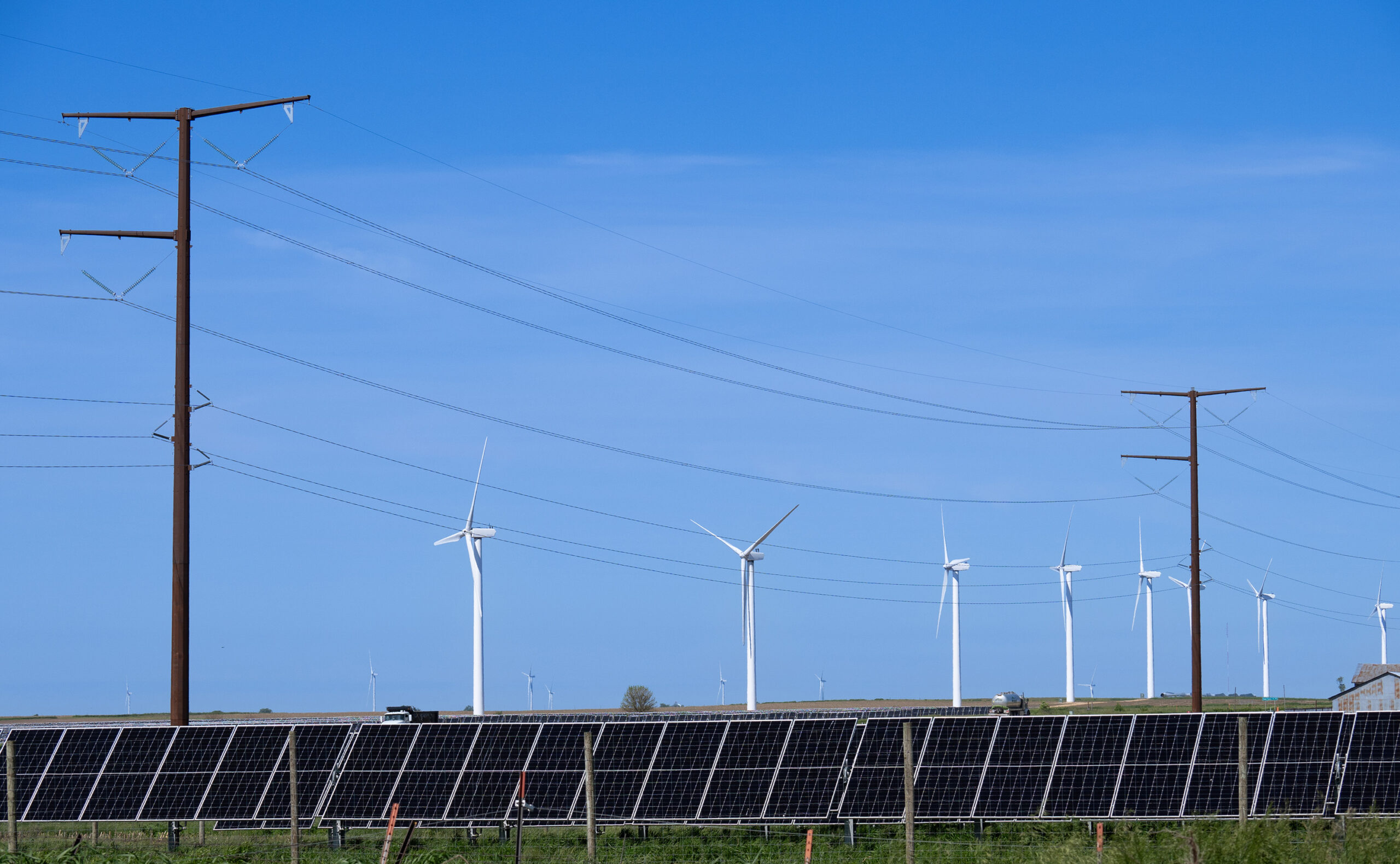
Wisconsin Public Radio, © Copyright 2025, Board of Regents of the University of Wisconsin System and Wisconsin Educational Communications Board.

